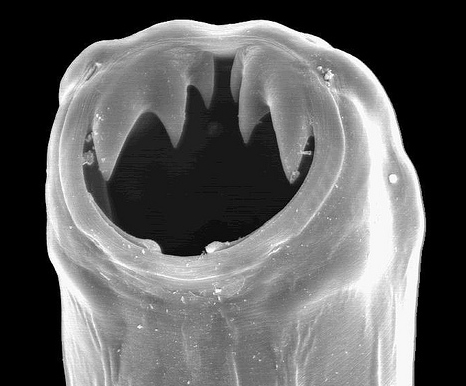
One of the myths about cultural evolution is to do with its speed.
It is often claimed that cultural evolution is faster than biological [
sic]
evolution. This claim may - or may not be correct. However, almost all of the
proponents of the idea are using
very bad accounting techniques to prove their
claims.
A good example comes from a recent paper by Charles Perreault titled:
The Pace of Cultural Evolution.
This compares rates of cultural evolution and biological [sic] evolution - and finds that cultural
evolution is faster. However, the article makes two very wrong assumptions:
It compares cultural evolution with evolution rates in wild animals. Animal populations have much longer generation times than some biological systems - sich as bacteria and viruses. Memes are a lot like bacteria and viruses in that they reproduce rapidly and can spread from host to host. Wild animals are not an appropriate point of comparison for memes - their lifespans are too long.
Charles Perreault anticipates this objection - to some extent - by going on to argue that the effect is independent of generation times. However for cultural evolution he compares to the generation time of the host humans, writing:
the amount of cultural change observed per generation time (20 years) is
significantly faster than what we would expect from biological evolution for a species
with the same generation time as humans
Well, duh. Cultural change is the result of rapidly-reproducing memes, not slowly-reproducing humans. Mixing these two up is a fundamental mistake. The generation time in cultural evolution is the time for meme reproduction. The generation time in organic evolution is the time taken for gene reproduction in germ-line cells. Neither is 20 years - even in humans - unless you are confining your attention to
sexual reproduction.
Meme reproduction rates can be very rapid - especially when you take
intracrainial memetics
into account. Since much meme reproduction occurs inside minds, large numbers of
variations can be explored in a short period of time.
I'm afraid I think that the kind of analysis in this paper is completely hopeless - since it is based on a faulty understanding of the nature of cultural evolution.
Looking at the skyscrapers, microchips and space travel that have arisen in a remarkably short space of time as a result of cultural evolution, there may be something to the case that it is - in some sense - faster than DNA-based evolution. However, dud accounting doesn't help make the case for this, it just piles confusion onto the issue.
Update 2013-11-23: Charles Perreault now has a 2013 video titled: "The pace of cultural evolution".
 As discussed extensively on this site, memes prefer to have an enlarged human cranium in which to swarm.
As discussed extensively on this site, memes prefer to have an enlarged human cranium in which to swarm. One of the myths about cultural evolution is to do with its speed.
It is often claimed that cultural evolution is faster than biological [
One of the myths about cultural evolution is to do with its speed.
It is often claimed that cultural evolution is faster than biological [ What to do if you have an over-active immune system - and are suffering from auto-immune self-strikes, in the form of allergies, lupus, multiple sclerosis, Crohn’s disease, etc.
What to do if you have an over-active immune system - and are suffering from auto-immune self-strikes, in the form of allergies, lupus, multiple sclerosis, Crohn’s disease, etc. Memetics got off to a slow start. Few articles mentioned memes in the decade after 1976. Here are most of those that did:
Memetics got off to a slow start. Few articles mentioned memes in the decade after 1976. Here are most of those that did: Michael Ruse once wrote:
Michael Ruse once wrote: The terminology of symbiosis - "mutualism", "parasitism" and "amensualism" - is all very well, but these terms are somewhat technical.
The terminology of symbiosis - "mutualism", "parasitism" and "amensualism" - is all very well, but these terms are somewhat technical.








